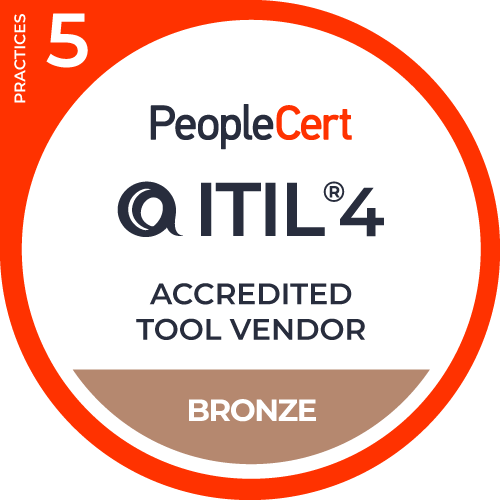One of the few good things that has come out of the COVID-19 crisis is that it has helped to accelerate digital transformation within organizations. Whether it be new products and services that exploit technology and data. Whether it be improved customer engagement mechanisms that again leverage technology and data. Or whether it be improved back-office operations that replace the antiquated, ad hoc, manual processes employed by other business functions.
This blog looks at the latter of these digital transformation elements – back-office digital transformation or what the IT service management (ITSM) community has called “enterprise service management” for the last decade.
1. What things commonly slow down enterprise service management initiatives?
Many of the issues with enterprise service management come from neglecting to look beyond the ITSM tool that’s going to be shared across business functions. So, for example:
- Not looking at financing holistically, perhaps at an enterprise level, in terms of how the rollout of ITSM capabilities is going to be funded – both initially and going forward.
- Not involving all those affected. Enterprise service management needs to sell service management to a variety of business functions and the people within them. Any organization-wide solutions need to reflect the needs of everyone affected.
- Not employing organizational change management tools and techniques. It’s the classic IT project failure where new technology is introduced without sufficient investment to facilitate people-change. After all, enterprise service management is a change in traditional ways of working not just the introduction of new technology.
FREE Enterprise Service Management CourseElevate customer satisfaction and optimize organizational performance. |
2. Are back-office digital transformation and enterprise service management the same thing?
Not entirely. We like to think of it as ITSM or enterprise service management helping as a platform for back-office digital transformation through the capabilities being offered (service management thinking, best practices processes, and workflow automation and other technology-enabled capabilities such as self-service). So, enterprise service management offers a number of building blocks for back-office digital transformation rather than it being everything potentially required of digital transformation.
3. Is there such a thing as an enterprise service management tool (rather than ITSM tools)?
Not really, it might be semantics though. Organizations are still investing in ITSM tools, but they’re doing so with enterprise service management ambitions. Knowing that the ITSM tool they’ve selected will be able to be successfully used in human resources (HR), finance, legal, facilities, and other departments.
Customers are also still searching for ITSM tools, not enterprise service management tools – either because it’s what they’ve always done or because it’s still commonly the primary purpose of their investment. Vendor marketing is increasingly covering the enterprise service management opportunities, so this customer-demand might change over time. However, for now, organizations are still looking for and buying ITSM tools – albeit with enterprise service management capabilities.
Looking to the future, as and when the name does change, we believe that we will be calling ITSM tools something other than enterprise service management tools.
4. What one factor really helps to sell enterprise service management to other business functions?
Other than the fact that most departments might have been tasked with undergoing a digital transformation, we'd say improving employee experience. Consumerization continues to play a part here, with employees expecting more from internal service providers as a result of their superior consumer-world service and support experiences. The speed of service provision and issue remediation plays a big part too, in minimizing the adverse impact of employee non-productivity.
5. Is enterprise service management adoption geographically influenced?
Yes, it is. In the same way that ITSM and ITIL adoption are both geographically influenced. We always think it’s a shame that there aren’t more ITSM industry surveys that provide greater granularity across regions and their respective adoption patterns. For instance, that Italy has a lower ITIL adoption rate versus neighboring countries. Or that Belgium has a higher self-service success rate (before you rush to see what Belgium has done differently, we made this example up).
Coming back to geographic enterprise service management adoption differences, there are many other factors to consider too. For example, organization size, industry/sector, the employed ITSM tool vendor (and tool), ITSM maturity, and available funding will all influence enterprise service management adoption speeds and levels.
We hope that these five questions and answers are helpful. If you have other questions related to enterprise service management, then please let us know in the comments section below.




